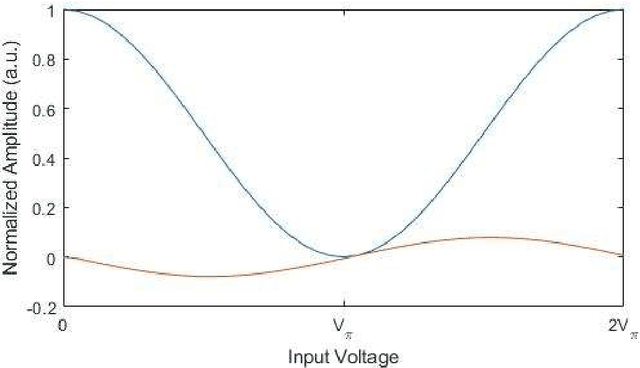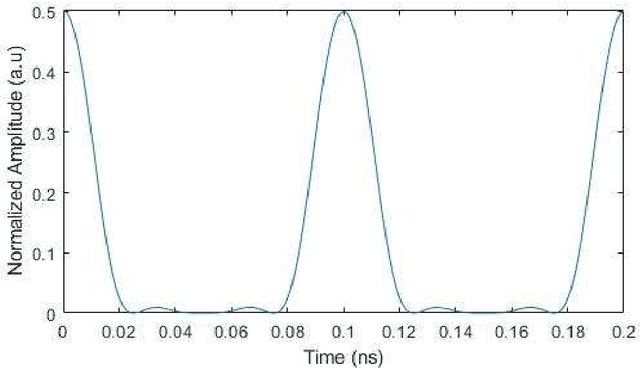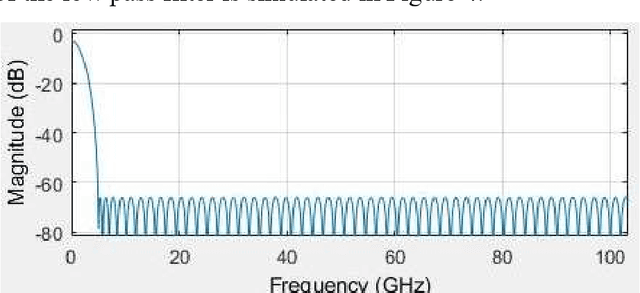Zhengyang Zhang
Multi-objective Generative Design of Three-Dimensional Composite Materials
Feb 26, 2023



Abstract:Composite materials with 3D architectures are desirable in a variety of applications for the capability of tailoring their properties to meet multiple functional requirements. By the arrangement of materials' internal components, structure design is of great significance in tuning the properties of the composites. However, most of the composite structures are proposed by empirical designs following existing patterns. Hindered by the complexity of 3D structures, it is hard to extract customized structures with multiple desired properties from large design space. Here we report a multi-objective driven Wasserstein generative adversarial network (MDWGAN) to implement inverse designs of 3D composite structures according to given geometrical, structural and mechanical requirements. Our framework consists a GAN based network which generates 3D composite structures possessing with similar geometrical and structural features to the target dataset. Besides, multiple objectives are introduced to our framework for the control of mechanical property and isotropy of the composites. Real time calculation of the properties in training iterations is achieved by an accurate surrogate model. We constructed a small and concise dataset to illustrate our framework. With multiple objectives combined by their weight, and the 3D-GAN act as a soft constraint, our framework is proved to be capable of tuning the properties of the generated composites in multiple aspects, while keeping the selected features of different kinds of structures. The feasibility on small dataset and potential scalability on objectives of other properties make our work a novel, effective approach to provide fast, experience free composite structure designs for various functional materials.
Novel Improvement for Nonlinear Compatibility of Least Mean Square Adaptive Algorithm
Jul 23, 2022



Abstract:In order to improve the least mean squares (LMS) adaptation algorithm to accommodate the nonlinear transfer function, and to adjust the coefficients of adaptive filter during the actual implement of bias voltage and signal amplitude, methods are proposed and simulated to develop a nonlinear adaptive filter. The inputs to LMS are replaced by the derivatives of traditional inputs, and the step for each training iteration is adaptively controlled by the difference between target signal and actual signal. The simulation utilizes the implementation of Nyquist pulses optical sampling and works as a digital signal processing pre-compensation to reduce influence of the frequency responses on wires and devices. The simulation result shows promising improvement with the modified adaptation algorithm method in tackling Mach Zehnder modulator's non-monotonic transfer function.
 Add to Chrome
Add to Chrome Add to Firefox
Add to Firefox Add to Edge
Add to Edge